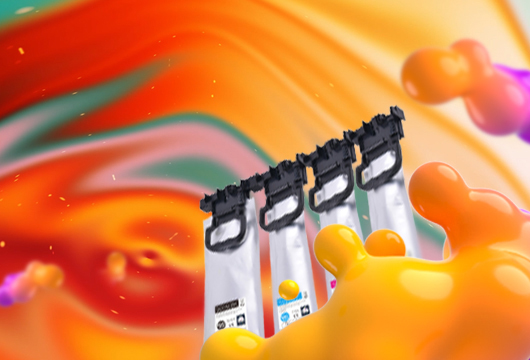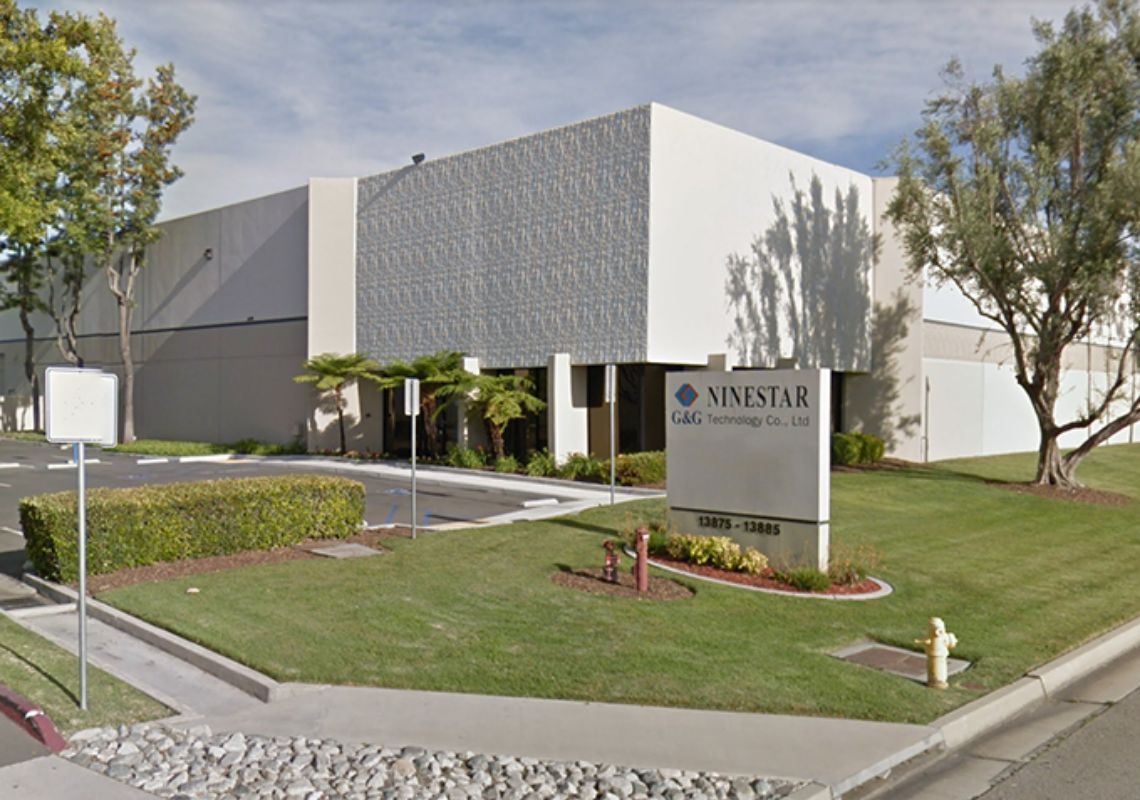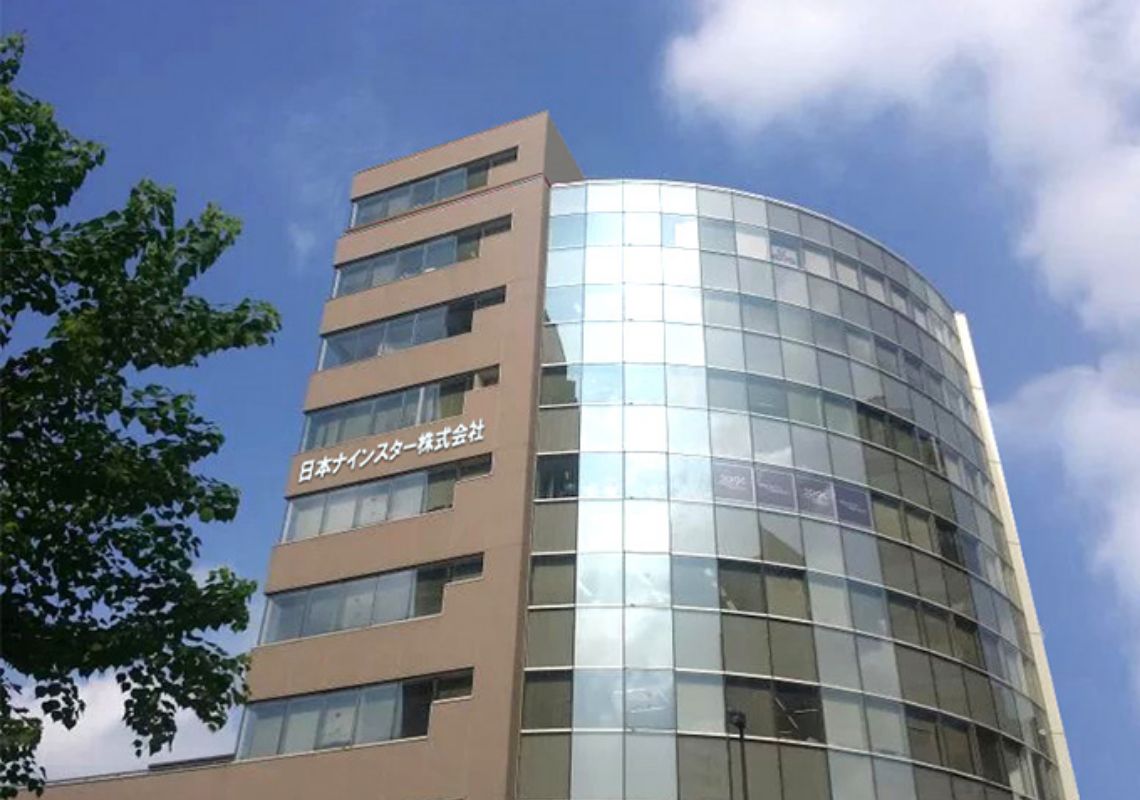
As the third-party supplies industry's leading innovator, Ninestar is known for its ability to transform business lines through groundbreaking technical advances. It was the first firm to develop universal chips for ink cartridges, which led to the launch of what has become the world’s largest third-party manufacturer of cartridge chips—Apex Microelectronics. By pioneering the development and production of non-infringing ink and toner cartridges, Ninestar took a leading role in the establishment of the international new-build compatibles industry. Perhaps most famously, Ninestar became the only non-OEM cartridge producer to become a hardware manufacturer with the launch of its Pantum printer line, and its subsequent acquisition of Lexmark catapulted the company to its position among the world’s largest OEMs.
Leveraging its long legacy of innovation, Ninestar is currently in the process of fundamentally changing the way it produces its G&G-branded color toner cartridges. Just as it has done time and again across its diverse range of businesses, Ninestar is investing heavily in technologies to enhance its color toner cartridge business. This time the company has its sights on grabbing some of the color toner cartridge market by producing G&G products that consistently match the performance of OEM consumables.
Winning in the Color Game
As we have discussed in past articles, producing third-party color toner cartridges is very difficult. In fact, for most companies, manufacturing third-party color toner cartridges capable of delivering consistently flawless performance has proven to be almost impossible. For more than a decade, OEMs have successfully moved customers from monochrome devices to full-color machines. As the number of color electrophotostatic machines in the field has grown, third-party supplies vendors have struggled to gain even a tiny share of the aftermarket revenue because of the poor performance of third-party color consumables.
Ninestar recognized that in order to better penetrate the swelling installed base of color machines it had to develop new production processes for its G&G color cartridges and painstakingly evaluated every facet of how it produced color toner cartridges. From the intake of raw materials through cartridge production to final product inspections and the packaging and shipping process, Ninestar performed an exhaustive review of its production procedures. The review resulted in a groundbreaking 12-step industrial engineering program that Ninestar implemented in 2012. The new plan, which the firm called IE12, required that Ninestar change from beginning to end how it produced color toner consumables. The company also standardized its new production processes to consistently deliver products that performed at the same level as OEM offerings.
The IE12 protocol mandated that, using the latest measuring instruments and testing equipment, Ninestar’s materials engineers would analyze all incoming raw materials to ensure toners, drums, and other components would function together perfectly. IE12 established stringent guidelines standardizing G&G color cartridge assembly lines. The program also required that these lines be staffed only by veteran technicians with one year or more of experience and training. For the post-production process, IE12 required that every G&G color toner cartridge had to be tested before being placed into antistatic bags and moisture-proof packaging. In addition, batch testing was also implemented on samples taken from shipments before they could leave the factory.
From IE12 to Full Automation
Through the IE12 program, Ninestar dramatically improved the quality of its G&G color toner cartridges. By standardizing all of a new cartridge’s components as well as every step in the production process, Ninestar could offer color SKUs with consistently great performance.
Although Ninestar’s IE12 initiative was a success, the company has determined that it could do even better in terms of high-quality color cartridge production. To eliminate any assembly variations or errors that might result from human workers, Ninestar made the decision to fully automate its color toner production. After investing more than $15 million to automate its ink cartridge production, Ninestar currently operates some 28 ink cartridge production lines. Now the company plans to fully automate its toner cartridge production.
Ninestar began its quest to fully automate its toner cartridge assembly lines in 2013. While maintaining various processes developed as part of the IE12 program, Ninestar began automating certain parts of its color cartridge production line. For example, the company automated simpler tasks such as filling partially assembled cartridges while continuing to rely on human workers to handle more delicate parts of production, such as installing the OPC drums and doctor blades and applying finishing touches such as sealing and testing finished cartridges.
Ninestar’s first fully automated toner cartridge assembly line was set up to produce new-build compatible HP 435 monochrome cartridges and it was an unmitigated success. The yield of the fully automated line doubled that of the line with human workers, jumping from 300 pieces per hour to 600 pieces per hour. And quality did not suffer. The cartridges the machines produced had a near-zero failure rate of about 99.75 percent. Earlier this year, the company started producing CMYK HP 400 series color cartridges on a fully automated assembly line. From start to finish, no human hands touch the cartridges until the end of production, when workers package the cartridges that come off the automated line.
Ninestar plans to invest an additional 300 million yuan—roughly $45 million—to get five fully automated toner cartridge lines up and running in the near future. While the company plans to rely more on robots and automation, it realizes that not every G&G toner cartridge will be produced by an automated line. Cartridge complexity and market demand will dictate how cartridges are manufactured. Because the costs associated with setting up and maintaining smart production lines are significant, Ninestar expects that—at least initially—it will leverage its automated lines to produce newer SKUs. These products offer the greatest margin opportunities to better reconcile high production costs.
It has been years since the market for color has exploded. Until now, most third-party supplies vendors could only watch as the market matured. Now, Ninestar is excited to provide its customers with the products they need to reap the rewards color printing offers!









